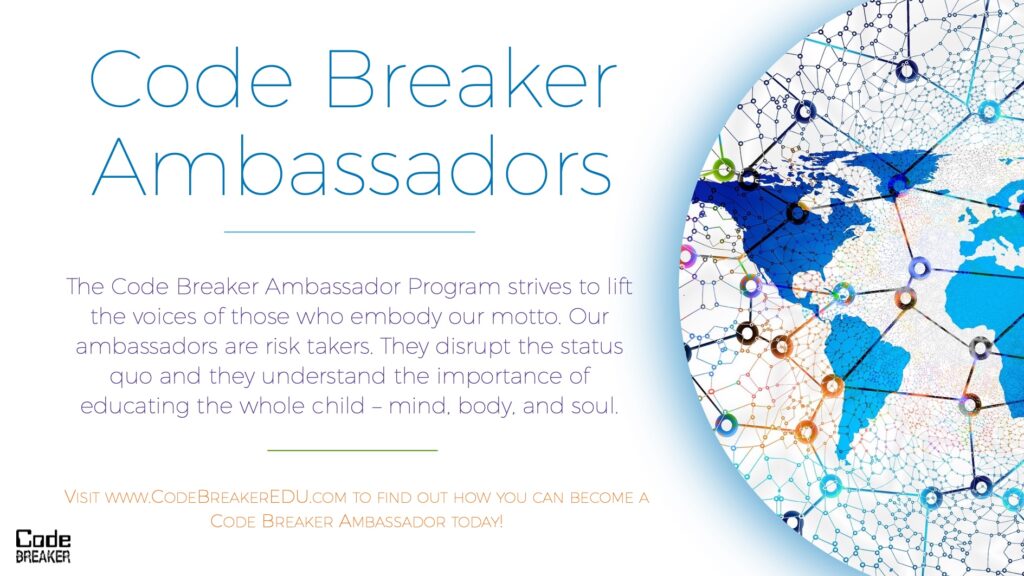
Children are born to learn. Step back and allow them that right.
Donna McCance M.Ed.
Code Breaker Ambassador
Many times we learn by watching others. Operational learning happens when people model a behavior, and others learn by observing it.
Children are very impressionable, meaning they can be easily shaped and influenced. Watching others is how they learn to do most things. But as their brains develop, they reach a stage where they can analyze what’s going on by seeing consequences.
When I was five years old, my parents were teaching my older brother and sister how “not to slouch.” When we went to church, they sat in the pew in front of us. Every time they started to slouch, my parents would press on their backs. I was so terrified of that being done to me, I made sure I didn’t slouch like them. I learned “what to do” by watching “what not to do” because I didn’t want to be put on public display and poked in the back. I made a choice.
Many times children learn how to behave by watching their siblings go through consequences for their behaviors. They learn by example.
Operational learning is how I learned at a very early age to be the type of teacher I am. I learned “what to do” by learning “what not to do” through my experiences as a student, and my observations of other teachers.
You can’t do that.
You’re not ready yet.
You’re too young to learn.
That’s too hard for you.
That’s for the next grade.
Slow down.
Hurry up.
Stop talking.
Don’t.
Stop.
You made too many mistakes.
You’re not smart enough.
You failed.
You have a fresh mouth.
Don’t ask why.
Just do it.
Go stand in the corner.
These words and phrases all come to mind. I had a choice. Be that way, or break away. I vowed to never be that way.
To me, being a teacher means allowing students to be learners, while I learn along with them. I learn about them. They learn about me. We build relationships by making connections.
I don’t tell them who they are. I don’t tell them how they should be. I don’t tell them what their future holds for them. I give them space to be themselves. I give them time to figure me out. I show them who I am, and I allow them to develop trust.
What’s there to figure out that builds trust? The knowledge that I care most about them, not the curriculum. That I take an interest in them and their lives. I look them in the eyes and I show them respect. I ask them how they are with the intent of listening to their responses. I don’t judge them or boss them around. I allow them to talk about themselves. I don’t threaten them or lecture them.
I don’t make them “walk the line.” I don’t force them in a “box.” There are no lines or boxes.
What do I support? Free thinking. Do you ever hear the words “free thinking” anymore? Have you EVER heard those two words?
The concept is quite simple. Rather than being a restrictive, controlling teacher, I allow my students to think freely. Free thinking looks like this: think on their own; express themselves; ask their own questions; seek their own answers; investigate; explore; research; analyze; observe; document, experience failure; get dirty, and make mistakes.
I let them do their own learning, in the way that they learn best as individuals. The way people learn is not a one size fits all model, and teaching that way goes against diversity.
Children are born to learn. Step back and allow them that right. And when we do that, we will become learners alongside them. We will learn about them, and we will realized that we learn from them just as much, if not more.
ABOUT THE AUTHOR

Donna McCance M.Ed. is an educator, leader, mentor, author, school administrator, mental health advocate, fitness enthusiast and nature lover. Connect with her through her socials.
